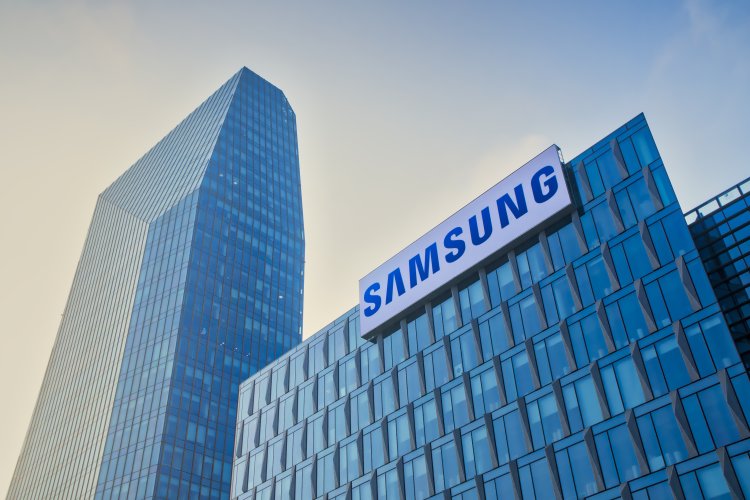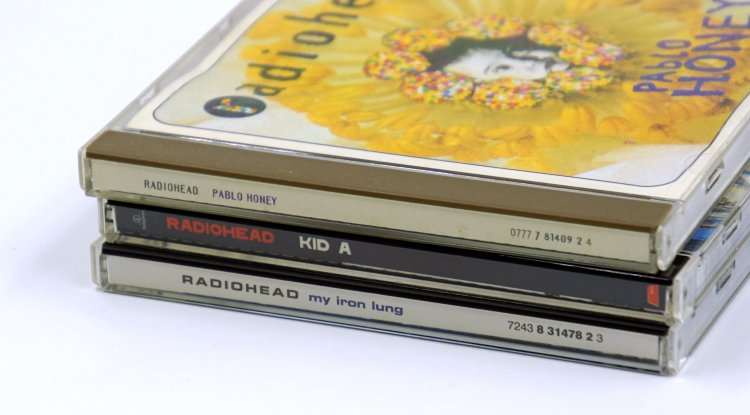Samsung invests $11 billion in ASML machinery
TSMC, as we all know, has been at the forefront of the semiconductor industry for quite some time with its low-nanometer manufacturing processes. Samsung is sliding behind the competition, which is why it announced the mass production of its 3nm GAA a few days ago. Furthermore, Samsung has struck a purchase agreement with ASML, implying an $11,000 million investment in lithographic machines.

We are in the midst of a semiconductor crisis, with prices and demand unprecedented. Yes, practically all companies aim to produce their goods utilizing the latest and greatest TSMC processes, which is more difficult but compensates.
This business dominates global wafer manufacture, controlling 53.5 percent of the market, while Samsung controls only 16.3 percent. However, Samsung wants to compete for that title, and in order to do so, it needs to purchase the necessary machinery to enhance output, machinery that is now produced only by the Dutch company ASML.
Samsung Electronics Vice President Lee Jae-yon will visit ASML in October 2020 to clarify supply plans for EUV lithographic machinery, which is required for semiconductor production at 7nm or less. While the two businesses have been partnering for some years, we are in a period of worldwide chip shortages, and they cannot simply supply demand.
In actuality, ASML will only be able to create 50 EUV machines this year, with delivery times ranging from six months to a year. Due to the limited manufacturing of these machines, Samsung can only purchase a few dozen from ASML. According to sources, Samsung Electronics has already secured 18 EUV lithography equipment from ASML by 2022.
This means that Samsung has already spent more than 4 trillion won on EUV lithography alone. But it doesn't stop there: they plan to collaborate next year to produce a EUV High-NA (high numerical aperture lens) lithography equipment.
The price of EUV High-NA scanners skyrockets, costing more than twice as much as the standard version. As a result, high-precision EUV equipment is anticipated to cost $400 million per. However, these are critical to maintaining Moore's Law and producing chips as small as 2nm.
Despite all of its efforts, Samsung falls behind competitors such as Intel and TSMC. Intel, for its part, states that it has purchased 5 high-precision ASML machines, allowing it to reach 2nm by early 2024. Later, in the second part of 2024, it promises to reduce the procedure to 1.8 nm.
TSMC guarantees that it will have the latest generation ASML lithography machine by 2024 as well. Samsung may have purchased a large number of EUVs, but it is still lagging behind its competitors, who already have EUV High-NA machines. Also, keep in mind that Samsung's 8nm node for NVIDIA graphics cards has been replaced by TSMC for the next RTX 40.
Unless and until Samsung produces a highly competitive product, most enterprises will stick with TSMC as their preferred alternative. And, as usual, Intel will go its own way with Meteor Lake, which will launch with its most advanced manufacturing process, Intel 4, which, although being at 7nm, the firm claims will be similar to TSMC's 4nm.
Post by Bryan C.





























